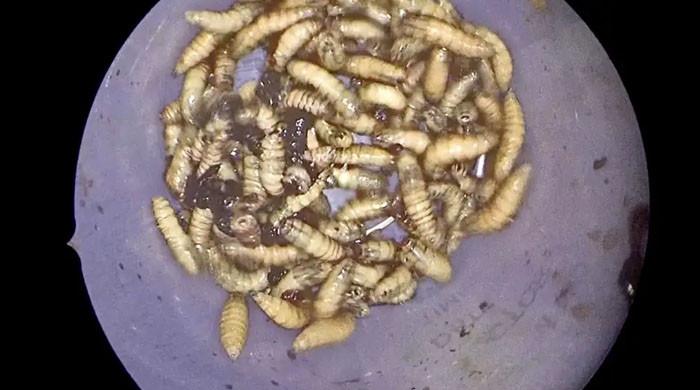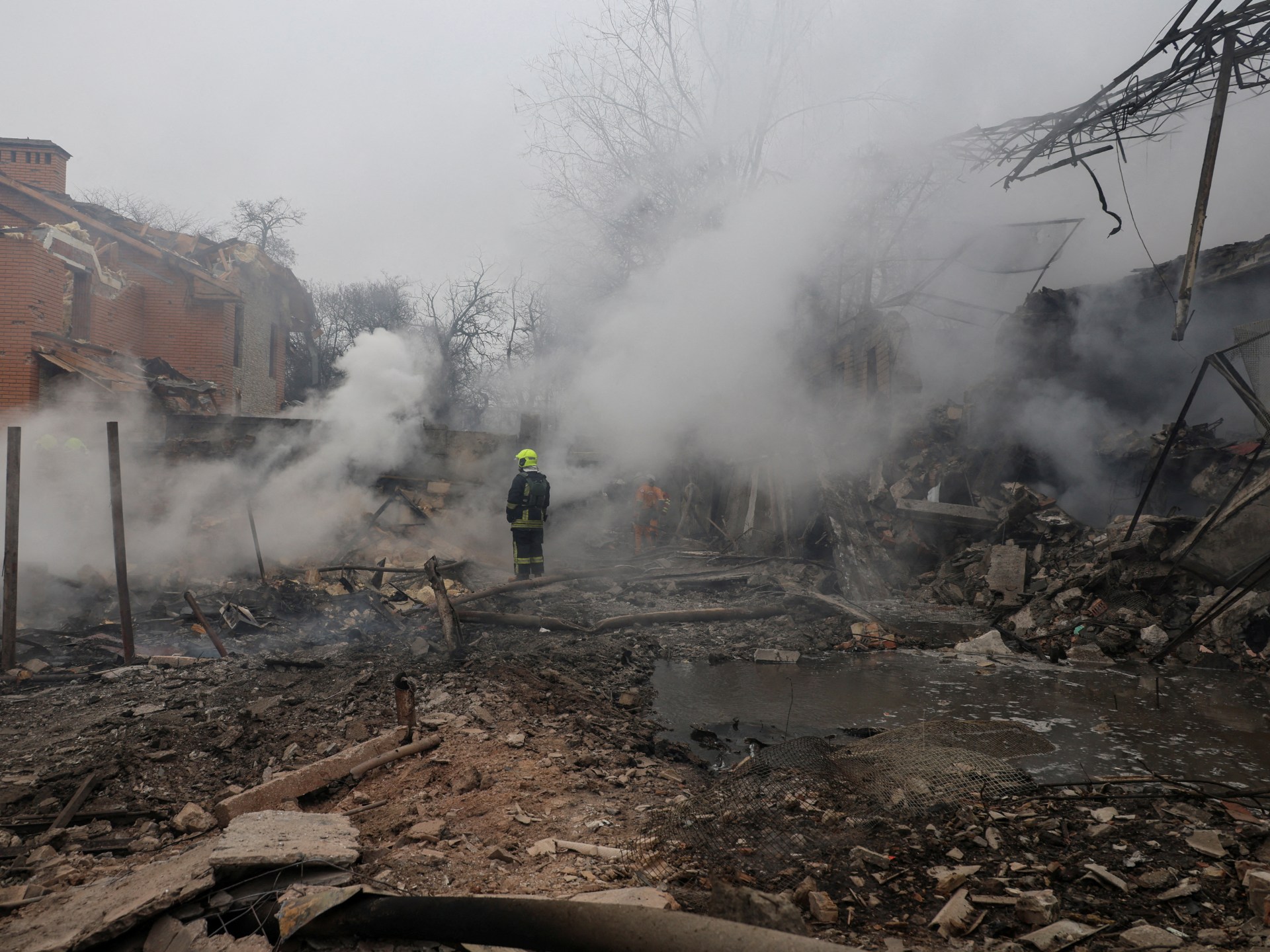Researchers say the polymetallic nodules that mining companies hope to extract from the deep seafloor could be a source of oxygen for the animals, plants and bacteria that live there.
The discovery of this “dark oxygen” has the potential to shake up negotiations taking place this month in Jamaica, where a global regulatory body – the International Seabed Authority – is meeting to decide the future of deep-sea mining.
The work was recently published in the journal Nature Geoscience.
“This study is a great example of how limited our knowledge of the deep ocean currently is and how much we can still benefit from further scientific research,” said Diva Amon, a marine biologist from Trinidad and a postdoctoral researcher at the Benioff Ocean Initiative at the University of California, Santa Barbara.
The focus is on potato-sized rocks (or polymetallic nodules) scattered across the ocean floor that contain minerals, such as cobalt and nickel, that are required for batteries and green energy technologies.
For years, companies like Canada's The Metals Co. have been working to persuade the international governing body to greenlight their plans to harvest these metallic nodules in the Pacific Ocean's Clarion Clipper Zone, a stretch of sea that stretches 4,500 miles between Hawaii and Mexico.
The company has argued that metals are essential to building technologies that do not rely on fossil fuels. They say the impact mining will have on the ocean floor is not only minimal, but also pales in comparison to the destruction of rainforests and human communities that land-based mining inflicts.
But environmentalists, oceanographers and others say the use of large harvesting machines across the pristine and little-known ocean floor — over and along areas of sediment three and four miles below the surface — could have unintended and disastrous consequences. They are urging lawmakers to postpone or ban the industry from excavating one of the planet's last “intact” ecosystems.
This new research, funded by TMC, suggests that the cost of mining in the area could be higher than anyone had imagined.
That's because a team of international scientists has discovered that the precious nodules produce oxygen and may be responsible for enriching this dark and remote ecosystem with one of the most important elements of life.
Jeffrey Marlow, an assistant professor of biology at Boston University and one of the paper's authors, said he and his team had received funding from TMC to conduct baseline environmental studies, which included sending something to the ocean floor called a benthic chamber.
These structures, which he described as about 10 feet tall — “think of them as an overturned box or something that sticks into the seafloor,” Marlow said — are water- and gas-tight, and contain instruments designed to take measurements of sediment chemistry and composition.
The sampling method is fairly standard, he said. Scientists measure how much oxygen is lost, or decreased, over a 48-hour period while the chamber remains on the ocean floor. The decrease serves as an indicator of how much life is down there — when animals breathe, they consume oxygen.
But when they sent the cameras for this analysis, they noticed that the oxygen levels were going up, not down.
Marlow said they were sure the machinery was faulty. They tried again and noticed the same results.
“These benthic chamber experiments have been going on all over the world for decades,” he said. “So the technology and everything else is pretty well established.”
He said they spent days and then weeks troubleshooting.
“We had a couple of redundant methods of measurement, so we knew that none of them were failing. In the end, we were forced to conclude” that oxygen was being produced.
What researchers believe is happening is that the nodules — and the metals they contain — function like a battery, on a chemical level.
“These rocks are made up of minerals that have metals that are distributed throughout the rock in a heterogeneous way,” he said. “Each of these metals and minerals is able to hold an electrical charge in a slightly different way. So, basically, natural variation means that there is a separation of charges… in the same way that happens in a battery.”
That means there is enough voltage to take water and “split it into hydrogen and oxygen.”
But not everyone is convinced or happy with the study's conclusion.
TMC, which sponsored the research, sent The Times a critique of the paper, saying the research had been rejected by four scientific journals until it found a place in Nature, which the company described as “a journal that has taken a strong stance against deep-sea mineral extraction.”
The journal's communications team did not respond to a request for comment, but the publication is generally regarded as one of the most prestigious and selective among scientists.
TMC also said the methodology was flawed, arguing that the team's findings contradicted other work that had been done in the Clarion Clipper Zone but that used a different method.
“This inability to reproduce the results with both methods suggests that the elevated oxygen levels are, in fact, an artifact in the data,” the company said in a statement. The company noted that it is “currently preparing a peer-reviewed paper as a rebuttal.”
Bo Barker Jørgensen, a microbiologist at Aarhus University in Denmark who was not involved in the research or on TMC's payroll, said the work raised more questions than it answered.
He said he did not believe “this discovery was important for our understanding of the ocean in general or for deep-sea mining” and described the research as a “novel and very puzzling process whose mechanism is still unclear.”
The study's authors responded to the criticism, saying they, too, were puzzled by their findings, but were rigorous in eliminating any other possible scenarios.
“For a long time we were the worst critics of this paper,” said Andrew Sweetman, group leader of the Scottish Association for Marine Science’s Seabed Ecology and Biogeochemistry research group and lead author on the paper. “For eight years I dismissed the data showing oxygen production, thinking my sensors were faulty. Once we realised something might be going on, we tried to disprove it, but in the end we just couldn’t.”
He said he would welcome further research into the topic and urged other scientists to investigate further.
“After this paper was published, other researchers contacted me with similar data sets that also showed evidence of dark oxygen production and which they dismissed as faulty equipment,” he said.
Newsletter
Towards a more sustainable California
Receive Boiling Point, our newsletter exploring climate change, energy and the environment, and be part of the conversation – and the solution.
You may occasionally receive promotional content from the Los Angeles Times.












